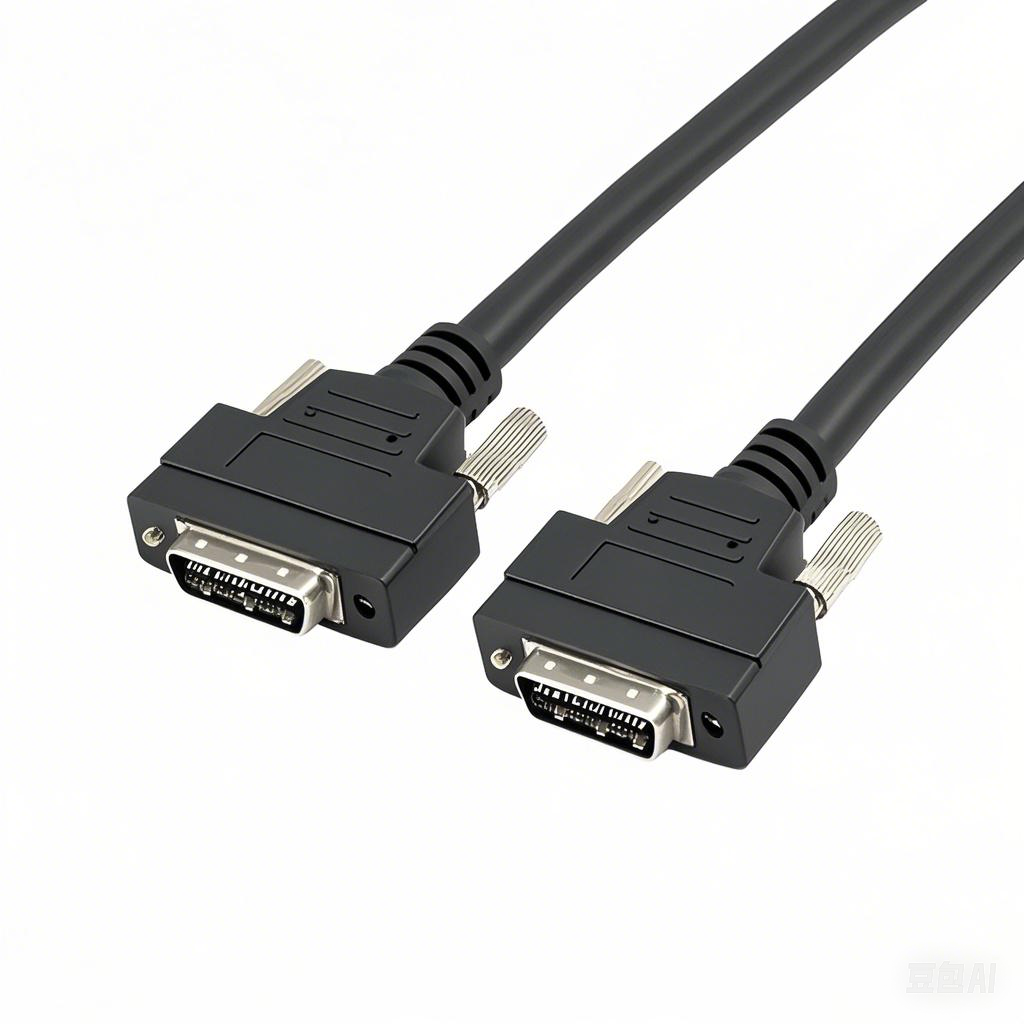Why is industrial cable color-coding important
Why is industrial cable color-coding important? In the complex web of industrial operations, where countless cables crisscross to power machinery, transmit data, and control processes, the answer lies in its ability to bring order, safety, and efficiency to a potentially chaotic environment.
Safety is perhaps the most critical reason. Industrial cables carry various types of electrical currents, from high-voltage power to low-voltage signals. Without clear color-coding, workers risk making deadly mistakes. For example, a cable carrying high-voltage electricity that is not distinguishable from a low-voltage signal cable could lead to accidental contact, resulting in severe electric shock or even death. Color-coding acts as a visual warning, instantly alerting workers to the nature and potential hazards of each cable. In emergency situations, when every second counts, being able to quickly identify the right cable to shut off or repair can mean the difference between a minor incident and a major disaster.
Efficiency in operations is another key benefit. In large industrial facilities, there are often hundreds or even thousands of cables. Imagine a technician trying to troubleshoot a problem in a control system without color-coding. They would have to spend hours tracing each cable, checking labels (if they exist and are legible), and verifying connections. This not only wastes valuable time but also increases the risk of errors. With color-coding, technicians can immediately narrow down the set of cables they need to focus on. A specific color can indicate a power cable, another a data cable, and yet another a control cable. This allows for faster diagnosis of issues, quicker repairs, and reduced downtime, which directly translates to cost savings for the business.
Compliance with industry standards and regulations is also a significant factor. Many industries, such as manufacturing, energy, and transportation, have strict regulations governing the use and identification of industrial cables. These standards often mandate specific color codes to ensure uniformity and safety across the industry. By adhering to these color-coding requirements, companies can avoid penalties, legal issues, and the reputational damage that comes with non-compliance. Moreover, standardized color-coding makes it easier for external auditors, inspectors, and contractors from different companies to work in the facility, as they can quickly understand the cable infrastructure.
Preventing cross-contamination and interference is an additional advantage. In industrial settings, different types of cables can interfere with each other. For instance, power cables can emit electromagnetic interference that disrupts the signals in nearby data cables. Color-coding helps in proper cable routing and separation. Cables of certain colors that are prone to interference can be grouped together and kept away from sensitive cables, which are identified by their own distinct colors. This ensures the integrity of data transmission and the smooth operation of equipment, reducing the likelihood of system failures and data loss.
Training and onboarding new employees is made much simpler with color-coding. Instead of having to memorize a long list of cable specifications and functions, new workers can quickly grasp the basics by learning the color codes. This reduces the learning curve and allows them to become productive members of the team faster. It also minimizes the risk of mistakes during the training period, as the visual cues provided by color-coding are easy to remember and apply.
In conclusion, industrial cable color-coding is not just a matter of convenience; it is a vital component of a safe, efficient, and compliant industrial operation. It protects workers from harm, speeds up operations, ensures adherence to regulations, prevents interference, and facilitates training. By recognizing the importance of color-coding and maintaining it properly, industrial facilities can operate more smoothly, reduce risks, and ultimately achieve better business outcomes.











